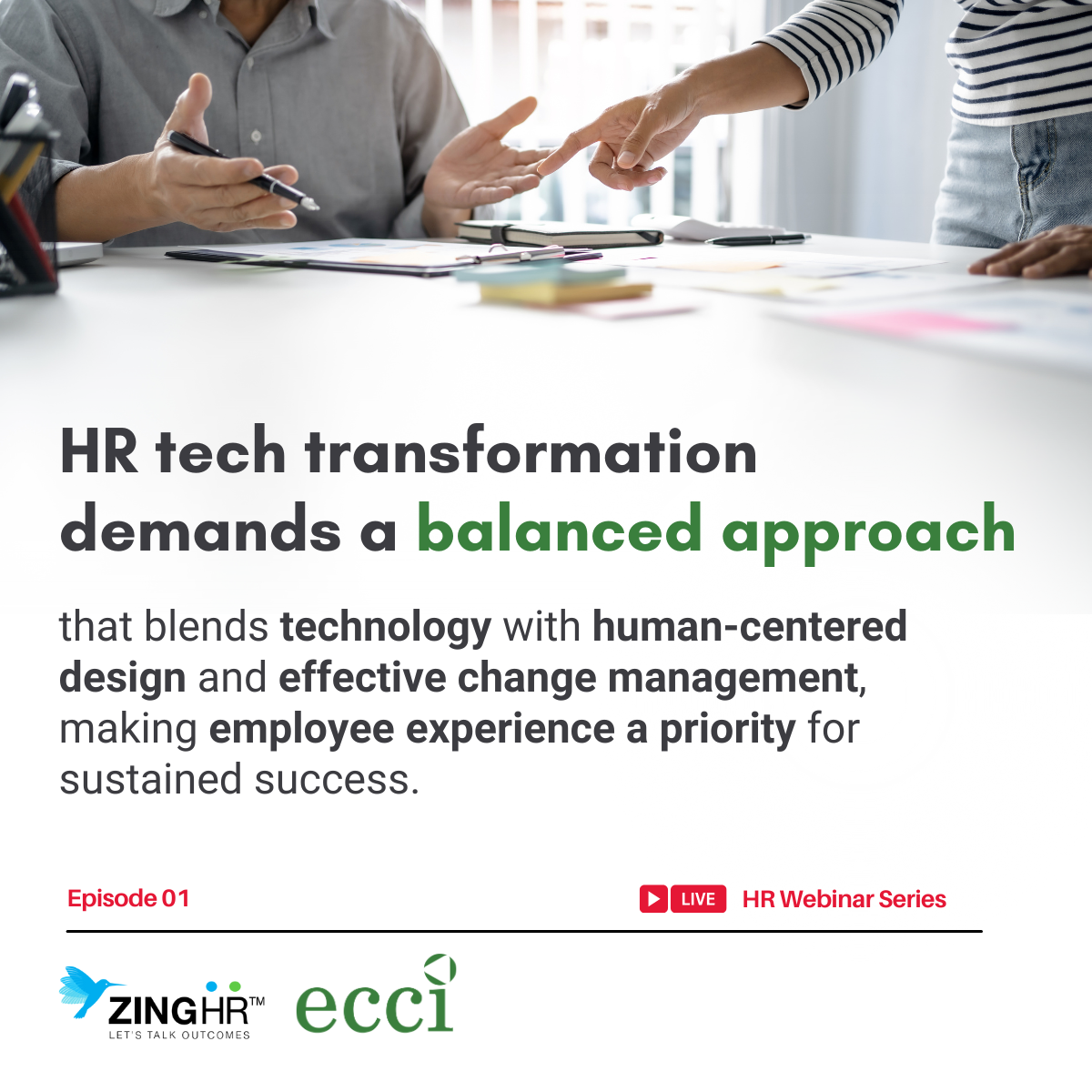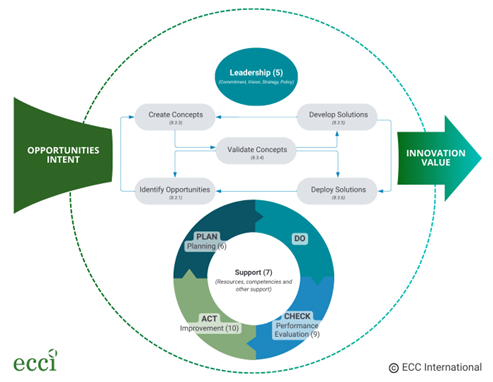Photo by PhotoMIX Company from Pexels
Projected to reach a revenue of $935 billion in 2023, mobile apps continue to scale higher. Let’s see what the 2021 statistics say (source: Statista)
- There are more than 5 million apps available in various app stores like Google Play, Windows, Apple, and Amazon.
- In 2021, there will be about 2.9 million apps for Android users on the Google Play Store. The Apple App store, on the other hand, has about 2.09 million apps.
- The increasing demand for applications in recent years has led to a 31% year-on-year rise in global revenue in 2021.
- As of the first quarter of 2021, App Store and Google Play have made $31.8 billion and $36.7 billion, respectively.
These statistics solidify the necessity of continuous and fast application delivery as a business’s bottom line — and this is where DevOps come in.
What is DevOps?
DevOps is being adopted as a key strategy by over 20% of large software enterprises across the world. Another 37% of IT organizations are at different stages of DevOps adoption.
Simply, DevOps is a cultural and professional movement that stresses collaboration, communication, and integration between software developers and IT operations — and automating the process of software delivery and infrastructure changes, at the same time.
DevOps vs Agile
Both DevOps and Agile aim to deliver software more efficiently and quickly, but it is important to know the key differences between the two. Agile focuses on software development and delivery, while DevOps goes beyond delivery, right through the operations until such time customer value outcomes are realized.They may appear different, but it doesn’t mean that you must favor one over the other. In fact, they complement each other.
Why DevOps for Mobile Development?
Mobile is unique, and so are its requirements — and DevOps is a great tactic to meet those requirements seamlessly.
- Mobile requires rapid iterations. DevOps can automate the deployment pipeline, reduces the roll-out time for new iterations, and enables teams to react faster to user feedback.
- Mobile apps have high expectations. DevOps allows for instant reports and feedback, as well as regression testing.
- Mobile tools are constantly evolving. DevOps can automate manual tasks, implement systems in which code, configurations, scripts, and documents across different platforms can be easily tracked.
- Mobile as a platform is more fragmented. DevOps encourages the use of multiple simulators, parallel testing, and real device testing.
The idea of DevOps in mobile app development is that integrations can be done seamlessly. This means developers use code writing practices that will enable codes written by one team to be easily integrated with the code delivered by another. Development assets like scripts, configuration, text files, and code must be traceable.
There are three key elements in implementing mobile DevOps, and they are:
- Continuous integration and delivery (CI/CD). Continuous Testing and monitoring. Mobile DevOps ensure that the changes in code are deployed as the changes are made. The main goal of continuous delivery is to build, test, and release to the customer faster and frequently, in shorter cycles.
- Continuous Testing and Monitoring. Automated testing improves the process of handling frequent builds, bug identification, and problem-solving. Testing needs to be done in the real environment, and not only on simulators and emulators.
- Quality Assurance. It is extremely important that all parts of the code are measured and validated — including the changes that are applied in between. Ratings and feedback on the app store must also be constantly monitored and addressed.
How do you start?
- Assess
There is no “one size fits all” in DevOps. You must choose a path that fits your strategy. The first thing you need to do is assess your current state. There are many assessment tools available that you can take advantage of. CALMS, which stands for Collaboration, Automation, Lean, Measurement and Sharing, remains one of the most helpful tools in assessing your DevOps structure and its utility in your business.
- Activate
Remember that you can start small and that every failure is an avenue for learning — but you must act now, as you are only as good as your last release. It is important to create, understand, and leverage a DevOps ecosystem, and to build a rich set of tools that will enable your organization to implement continuous delivery practices and lean management in the entire DevOps life cycle.
- Architect
Remember: releases should be routine, not drama. To increase agility, focus on a micro services architecture wherein the functionality and data of an application is structured as a collection of decoupled services. These small self-contained services have the same goal and can be managed and developed by different teams, which ultimately allows for continuous delivery and deployment.
- Automate
Your tools alone will not make you successful. You must know how to leverage the tools you have to support your strategy. Automation is at the heart of DevOps in mobile — as it all comes down to two things: speed and quality. You want to speed up your releases without compromising quality; and features and bug fixes are released sooner. And in turn, your users have a good experience with your app.
Final Thoughts
DevOps, indeed, can be a game-changer in mobile app development. The principles and processes that comprise DevOps work for different kinds of application development, as well as their unique requirements.









